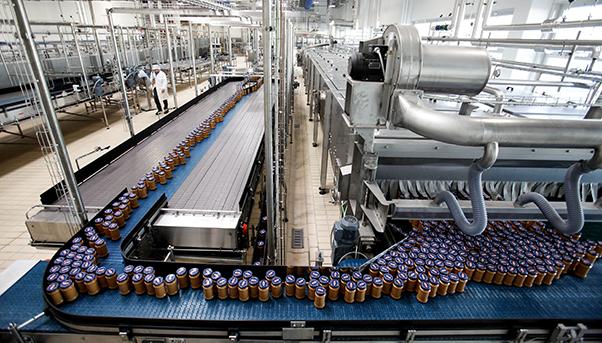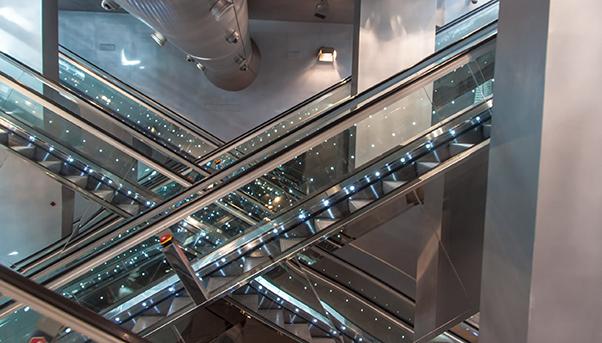“Italy suffers from a big lag in infrastructure, which has grown exponentially in recent years.” Andrea Sironi, since 2012 rector of Bocconi University, one of the most prestigious universities in Italy, has a very clear idea about the cause of Italy’s backwardness in terms of infrastructure and other public works.
“The biggest lag worsened during the years of the crisis,” he says. “While countries like the United Kingdom and Spain adopted policies to increase public debt to make investments in infrastructure, in Italy all of the resources have gone to cover deficit spending and so this did not benefit the real economy at all. And this gap has to be closed today.”
By what means?
“It’s obvious that the public sector has to start investing in infrastructure again. At the European level the Juncker Plan is certainly an opportunity even if a lot is playing on the leverage effect, meaning the financial participation of the private sector. In terms of policy, it’s still an important sign regarding the issue of investment in Europe.”
Where else can the push for new investment in infrastructure come from?
“I think, more than anywhere else, the private sector, both internally and externally. In Asia and the Middle East, big funds are ready to invest and we’re seeing a growing interest in Italy.”

Food industry
Which sectors would be the first to show signs of recovery?
“It’s inevitable that it will be those that have developed a predisposition for export. As usually happens, the crisis became a process of selection, leaving only the most competitive companies in the field. And those that are ahead of the game are those that were able to compensate for a drop in the domestic market by building a bigger presence in international markets. In this category I would add construction, real estate and infrastructure players. We might talk a lot about the crisis in Italian real estate, but we ignore how many big Italian companies in the sector are operating abroad.”
Returning to the economy, what was missing in 2015 to make the country start its recovery in a definitive way?
“The hurdles are always the same. There’s the issue that growth remains below the average of main European countries, and then there’s the issue of fixed investments that are still too low to push the recovery along. Having said that, there are some positive signs and they have to do mainly with the improvement in exports, growth in investment abroad, a drop in the unemployment rate. We can add to this a positive sentiment among many businesses, which look at 2016 with optimism.”
What are the most critical issues that are still on the table?
“The biggest issue is still the North-South divide which, during the years of the crisis, became even worse. In Europe, there are only six regions where youth unemployment is higher than 50%. Four of these are Italian and they are Calabria, Campania, Sicily and Puglia. So long as this divide remains so glaringly apparent, hopes for growth are at risk.”

Garibaldi subway station, Neaples
How do you see 2016?
“With optimism. We saw things take a turn in 2015, when after years of recession the GDP (Gross Domestic Product) began to grow. For the new year, we expect that growth consolidates, arriving at 1.5% for the Gross Domestic Product.”
The Fed has begun raising interest rates. Its new monetary policy will have a negative effect on our weak recovery?
“I don’t think so. For its part, the European Central Bank has confirmed its intention to pursue measures to stimulate the economy. This fights deflation and at the same time encourages investment. As for the Federal Reserve, the rise in rates doesn’t worry me. Actually, the dollar’s inevitable appreciation makes Europe even more competitive.”


